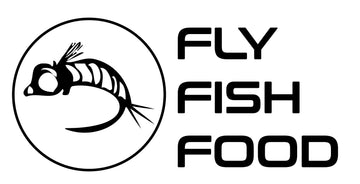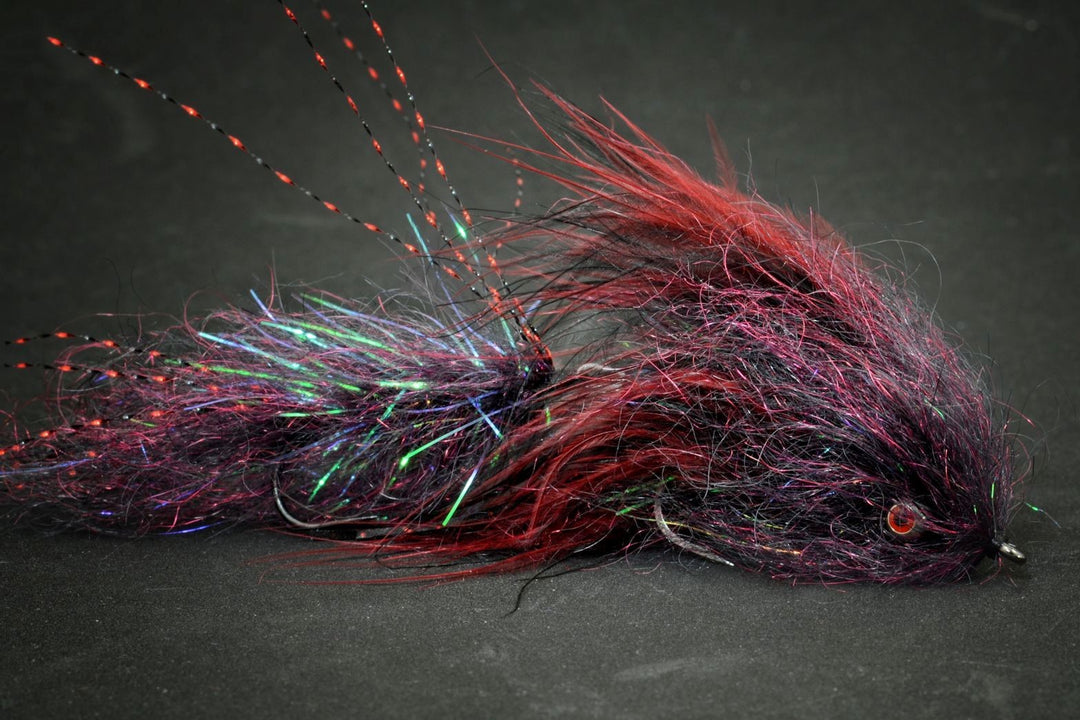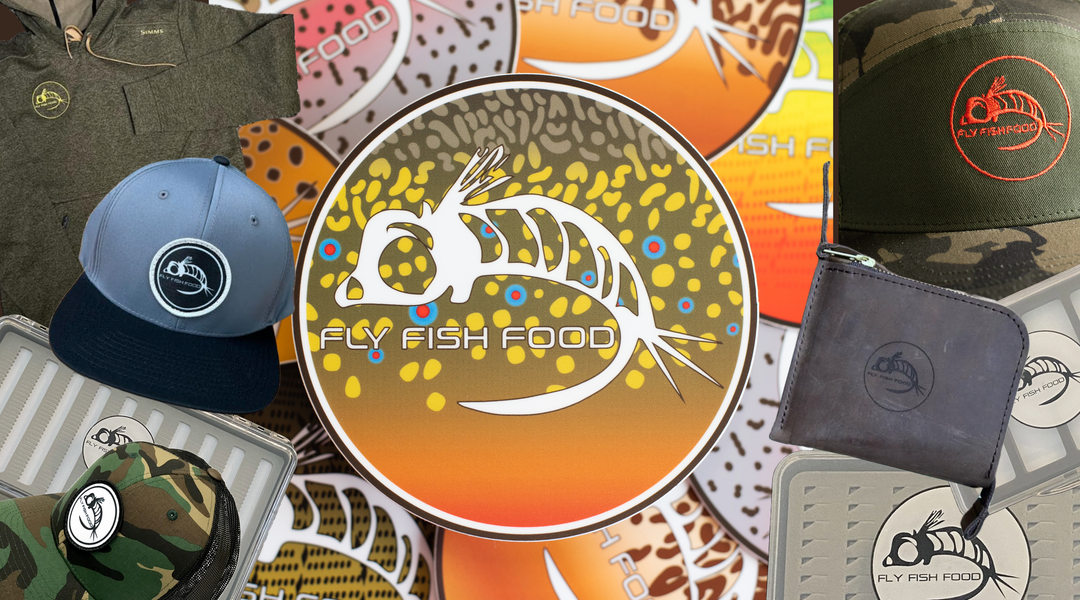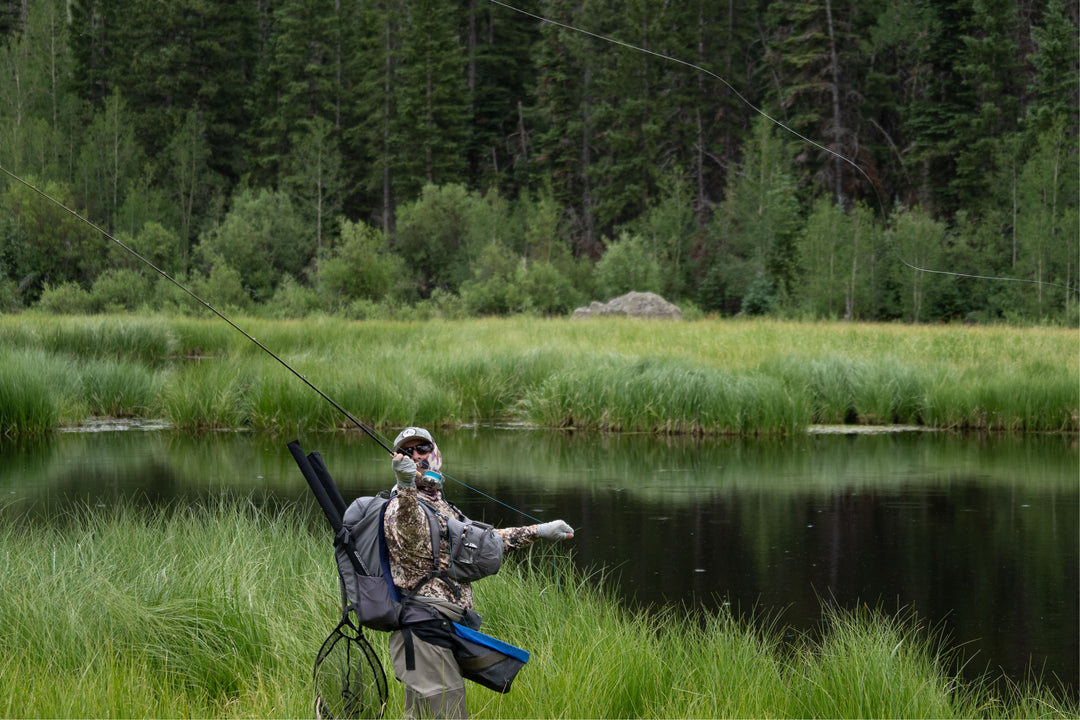Colorado ·
Eagle River Fly Fishing Report - August 8/23/2025
EAGLE RIVER FLY FISHING REPORT
Colorado — Vail Valley & Gypsum Stretch
Report Date: August 23, 2025 | Next Update: August 30, 2025
Current River Conditions
Solid late‑summer window: Water is fishing well from the upper pocket water down through Gypsum. Expect a mix of daytime dry‑fly activity on caddis/PMD and reliable nymphing in the seams and pocket water.
Flows & Clarity
Typical for late summer: ~500–700 CFS near Avon (varies by gauge)
Water Clarity: Generally clear to lightly stained — excellent visibility in riffles and runs
Primary flows: Controlled releases from upstream reservoirs; check local USGS/CPW gauges before you go
Typical for late summer: ~500–700 CFS near Avon (varies by gauge)
Water Clarity: Generally clear to lightly stained — excellent visibility in riffles and runs
Primary flows: Controlled releases from upstream reservoirs; check local USGS/CPW gauges before you go
Water Temperature
Current: mid 50s–low 60s °F (≈ 12–17 °C)
Best fishing windows: Cool mornings and evenings when temps dip; mid‑day dry fly activity still common
Current: mid 50s–low 60s °F (≈ 12–17 °C)
Best fishing windows: Cool mornings and evenings when temps dip; mid‑day dry fly activity still common
Weather
Late‑August: warm afternoons (70s–80s°F), potential afternoon breeze or isolated storms
Forecast impact: Afternoon storms can shut surface feeding quickly — fish early and be ready for wind
Late‑August: warm afternoons (70s–80s°F), potential afternoon breeze or isolated storms
Forecast impact: Afternoon storms can shut surface feeding quickly — fish early and be ready for wind
Access & Pressure
Wade access is good across most public stretches; popular reaches (Avon, Edwards, Gypsum) see increased angling on weekends.
Parking: Use designated pullouts; watch for private property signs near riverbanks
Wade access is good across most public stretches; popular reaches (Avon, Edwards, Gypsum) see increased angling on weekends.
Parking: Use designated pullouts; watch for private property signs near riverbanks
Hatch Chart & Insect Activity (late August)
| Insect | Size | Activity | Prime Time |
|---|---|---|---|
| Caddis (various species) | #14–18 | Moderate–High | Evening to dusk — skittering and landing fish |
| PMDs (Pale Morning Duns) | #14–16 | Moderate | Mid‑morning to midday on calmer days |
| Yellow Sallies / Small Stoneflies | #12–16 | Light–Moderate | Afternoon along faster water and pocket edges |
| Midges & Midges Emergers | #18–22 | Light | Mornings and late evening in calmer runs |
| Terrestrials (hoppers, beetles) | Imitative/hopper size | Increasing | Warm afternoons — use hopper/dropper setups |
Recommended Flies (matched to available patterns)
Below are proven patterns for the Eagle River right now — links go to matched patterns available from the attached fly sheet so you can order or reference sizes/colors.
- Salmonfly / Large Stonefly (dry): Libby's Salmonfly — Libby's Salmonfly (use #6–8 where stonefly activity is seen)
- Golden stone / Rubber‑leg nymphs: Tungsten Pat's Rubber Legs — Tungsten Pat's Rubber Legs (great as indicator nymph or dropper)
- Caddis (dry/emergers): Corn‑fed Caddis (CDC) — Corn‑fed Caddis (CDC) — Olive or Tan (sizes #14–18)
- PMD patterns (dry & nymph): Split Case - PMD (nymph) — Split Case - PMD and Tungsten Split Case - PMD
- Baetis / BWO options: Parachute - Blue Wing Olive — Parachute BWO and Juju Baetis Tungsten (nymph)
- General nymphs: Pheasant Tail Tungsten — Pheasant Tail Tungsten and Duracell Bomb - Hare's Ear
- Streamers (for bigger fish / deeper runs): Coffey's Articulated Sparkle Minnow - Sculpin #4 — Coffey's Sculpin and Sculpzilla - Natural
- Terrestrials & Hoppers: Fancy Pants Hopper - Tan — Fancy Pants Hopper and Bionic Hopper - Tan
- Midge choices: Black Zebra Midge (TBH) — Black Zebra Midge and Redneck Midge
- Soft hackle / swinging flies: Soft Hackle Pheasant Tail Jig — Soft Hackle Pheasant Tail Jig
Tactics & Tips — How to Fish the Eagle River This Week
Early morning: Indicator nymph rigs with a tungsten Pat's Rubber Legs or Pheasant Tail behind a lighter dropper — fish seams, riffle tails and the heads of pools. Use sizes #14–18 for mayfly nymphs and #6–10 for stonefly nymphs.
Midday: When PMD or BWO activity shows, switch to a Parachute BWO or PMD dry. Fish soft foam seams and pocket water where fish sip the surface.
Afternoon & early evening: Caddis becomes important — present a skittering Corn‑fed Caddis or parachute caddis along banks and downstream of rocks. Hopper/dropper setups produce during warm afternoons.
Streamer strategy: In deeper runs and tailouts, strip Coffey's sculpin or Sculpzilla slowly with pauses; target heavy structure near Gypsum and deeper pools where larger browns stage.
Presentation notes: Keep nymphs near the bottom with enough weight (tungsten or split shot) to get down quickly; in clear water use longer leaders (10–14') and subtle indicators. Match fly size/colors to local insects and be ready to downsize for picky fish.
Midday: When PMD or BWO activity shows, switch to a Parachute BWO or PMD dry. Fish soft foam seams and pocket water where fish sip the surface.
Afternoon & early evening: Caddis becomes important — present a skittering Corn‑fed Caddis or parachute caddis along banks and downstream of rocks. Hopper/dropper setups produce during warm afternoons.
Streamer strategy: In deeper runs and tailouts, strip Coffey's sculpin or Sculpzilla slowly with pauses; target heavy structure near Gypsum and deeper pools where larger browns stage.
Presentation notes: Keep nymphs near the bottom with enough weight (tungsten or split shot) to get down quickly; in clear water use longer leaders (10–14') and subtle indicators. Match fly size/colors to local insects and be ready to downsize for picky fish.
Where to Focus by Reach
| Reach | Why Fish It |
|---|---|
| Upper Eagle (near Minturn) | Pocket water, fast currents — great for aggressive nymphing and dry/dropper in riffles |
| Avon / Edwards | Wider runs and seams; reliable dry fly water on calm days and easy wading access |
| Gypsum & downstream | Deeper pools and structure — best for streamers and larger trout; good boat/raft access |
Quick Checklist
- Rods: 4–6 wt for dries/nymphs; 7–8 wt if you plan to run streamers.
- Leader: 9–12' tapered for dries; 10–14' with 4–6X tippet for picky fish.
- Flies to tie on first: Tungsten Pat's Rubber Legs (nymph), Split Case PMD, Corn‑fed Caddis (CDC), Parachute BWO, Coffey's Sculpin streamer.
- Safety: quick changes in weather; wear wading boots with good traction and carry a wading staff on steeper banks.




